As antitrust regulators around the world dial up scrutiny of platform power, Mozilla has published a piece of research digging into the at times subtle yet always insidious ways operating systems exert influence to keep consumers locked to using their own-brand browsers rather than seeking out and switching to independent options — while simultaneously warning that competition in the browser market is vital to ensure innovation and choice for consumers and, more broadly, protect the vitality of the open web against the commercial giants trying to wall it up.
Mozilla is not a bystander in the browser arena, as it of course developers the Firefox browser and the Gecko engine that underpins it. But it’s a non-profit, free software developer, rather than a commercial player. It also remains the underdog in market share terms — with the market being dominated by Google’s Chrome browser and Apple’s Safari (especially on mobile); and by the technical infrastructure the pair develop via their respective Blink and Webkit browser engines. Just those three browser engines (Blink, Webkit, and Mozilla’s Gecko) are the only ones left in play — powering all browsers available to consumers. (Microsoft’s Edge, for example, runs on Google’s Blink).
Perhaps the most striking thing about Mozilla’s report is how unexceptional most of its conclusions are.
It’s hardly news that Google bundles Chrome with Android and Apple preloads Safari on iOS and that most mobile users won’t bother changing those defaults — especially as neither mobile platform makes it easy to switch default browser, even as their brand name familiarity exerts its own stickiness discouraging consumers from seeking out smaller, less well known alternatives.
Nor is it a news flash that Windows-maker Microsoft bundles its own Edge browser on desktops running its operating system. Although some of the sneaky tactics it uses to promote its browser to users and actively discourage the downloading of alternatives might be new if you’re not a regular Windows user. (Examples cited in the report include a “recommended browser settings” pop-up which pushes consumers to pick Edge as their default browser by deploying messaging that implies the pre-selected choice is a necessary setting for security; or the tech giant actively targeting Firefox users with an ad for Edge that appears as “suggested” content in the Windows start menu, alongside the message “Still using Firefox? Microsoft Edge is here”.)
But the visibility and extent of operating system lock-ins — combined with increasingly low diversity in browser engine technology — should act as a wake up call to regulators, galvanizing the case for intervention.
The UK’s Competition and Markets Authority signalled recently it’s intending to probe Apple and Google market power in mobile browsers, after taking a deep dive look at the mobile market, so scrutiny around browsers does look to be — finally, tardily — on the rise.
“Billions of people across the globe are dependent on operating systems from the largest technology companies. Amazon, Apple, Google, Microsoft and Meta each provide their own browser on their operating systems and each of them uses their gatekeeper position provider to preference their own browsers over independent rivals. Whether it is Microsoft pushing Firefox users to switch their default on Windows computers, Apple restricting the functionality of rival browsers on iOS smartphones or Google failing to apply default browser settings across Android, there are countless examples of independent browsers being inhibited by the operating systems on which they are dependent,” Mozilla writes in a summary of its findings.
“This matters because American consumers and society as a whole suffer. Not only do people lose the ability to determine their own online experiences but they also receive less innovative and lower quality products. In addition, they can be forced to accept poorer privacy outcomes and even unfair contracts. By contrast, competition from independent browsers can help to drive new features, as well as innovation in areas like privacy and security.”
US consumers stuck on defaults
One perhaps (more) surprising finding from the report — which is entitled Five Walled Gardens: Why Browsers are Essential to the Internet and How Operating Systems Are Holding Them Back — is that US consumers were found to be among the most affected by pre-installations and defaults across the five markets Mozilla’s researchers looked at.
For the report, Mozilla conducted a survey of more than 6,000 people in five markets (the US, UK, France, Kenya and India) to learn about attitudes and preferences to web browsers and search engines — and generally found what it describes as a “complex” picture, with many people expressing confidence in having a wide choice of browsers and saying they knew how to install a browser but a similarly large proportion not actually thinking about the browser or search engine they use and many never changing defaults or installing an alternative browser.
“The research showed that U.S. respondents were the least likely to know how to install browsers across desktop/laptop and smartphone devices. They were also among the least likely to know how to change default browser settings and the least likely to actually do so on desktop/laptops computers,” it writes in a summary of its findings. “Between one third and one quarter of U.S. respondents reported being uncomfortable or ‘very uncomfortable’ with downloading and installing or changing the default browser on their device. We know from this data that people who were less comfortable with downloading browsers and changing defaults were significantly less likely to do so.”

Table from Mozilla Survey Study: The Installation, Use, and Personalization of Web Browsers, 2022
“These findings point to the importance of operating systems offering consumers clear and easy routes for American consumers to change their software and select alternatives. However, in reality, operating system providers have the ability and incentive to preference their own browsers; we found many examples of them using dark patterns and negative design practices to undermine consumer selection of independent browsers,” Mozilla adds.
The report looks timely given rising FTC attention to dark patterns — with a recent report by the US regulator warning firms against using deceptive design tactics to, for example, trick consumers into sharing data. (Another of the egregious Microsoft examples cited in Mozilla’s report is a Windows 10 setup screen that users a “time pressure” tactic to push users to accept sweeping Microsoft data-sharing defaults at the point of set-up — with the pre-selected “express setting” that’s being recommended by Microsoft meaning users who accept it are agreeing to send Microsoft and unknown third parties (“trusted partners”) their location, location history and ad ID, as well as sending browsing data to Microsoft.)
Citing other recent research on negative online choice architecture (OCA), Mozilla highlights the case for regulation to focus on mild or subtle uses of dark patterns — which were found to be much more likely to be effective than more aggressive ones which tend to generate a powerful customer backlash.
“OCA is a neutral term; there is of course nothing inherently wrong with companies marketing their services. However, where these marketing messages are in fact deceptive design practices used by powerful platforms to undermine consumer choice and prevent switching away from their affiliated browsers, it harms competition and ultimately consumers,” Mozilla adds in the report. “Similarly, companies are and should be free to build their brands. But where branding is used by gatekeeper operations systems alongside negative OCA, or brands are built and promoted using harmful design practices, it also leads to consumer harm.”
Mobile sameness and sludge
Mobile browsers were found to be particularly sticky and prone to consumers not switching, with Mozilla noting that combined factors of pre-installation satisfaction, utility, lack of differentiation and inertia meaning consumers are “even less likely to seek out alternative mobile browsers that may better suit their needs, align with their values or offer more privacy and security”.
“The experience of mobile browsers as basic utilities and the perceived lack of differentiation among them mean that the browser that comes pre-installed on a device is at a huge advantage,” it writes in the report. “This benefits the operating system and not necessarily the consumers. Many people are hesitant to switch to a new browser because they quickly become accustomed to their pre-installed browser and do not have a strong incentive to seek out an alternative, or may be hindered from discovering one. This conditioning of consumer behavior over a long period of time means that moving away from a satisfactory pre-installed browser is an active choice that takes some amount of cognitive effort. If people are busy or if the process is too confusing, people put off making a change or decide not to make it all. For many people, it is easier to simply continue with the status quo or put off the decision for a later time.”
The report also throws up an interesting link between desktop and mobile browser use — with Mozilla saying that “nearly all” users of Firefox’s (alternative) mobile browser also using Firefox on their desktop computers.
“Our research shows that in the U.S. less than 6% of people who use a desktop browser other than Firefox report using Firefox on their smartphone,” it notes. “This suggests that the more people use Firefox or another alternative browser on their desktop computer, the more likely they may be to try that browser on their mobile device.”
That in turn implicates Microsoft’s aggressive promotion of its own browsing software to Windows users — and especially the anti-Firefox messaging it injects into its desktop OS — as contributing to reducing Firefox’s share of the mobile browser market (despite Microsoft not having a mobile platform in play these days).
However it’s clear there are a combination of factors making competing on mobile especially tough going for indie browser makers. And the report underlines how the mobile space is challenging on account of it being a more tightly controlled and/or integrated (and branded so bundled) experience than desktop OSes.
Google, for example, uses contract restrictions with OEM partners to maximize the proportion of Android devices that come with own-brand services such as its Chrome browser preloaded, despite Android being open source. (And the tech giant has of course got into antitrust hot water over some of these restrictions — such as in the EU, where it has been forced to offer a choice screen promoting search engine rivals).
However consumer familiarity (and comfort) with Big Tech products can clearly work in lock-step with lock-ins — albeit, again, platforms may well seek to shape that outcome by actively over-selling integration benefits through suggestive messaging (and/or by creating friction for alternatives).
“Our research shows that many consumers have a perception that Chrome is the browser that works best on Android phones, and that products from the same company will perform better together (e.g. Gmail will work better in Chrome),” notes Mozilla — pointing to Google’s use of such messaging as part of its “cross-product promotion” as one example.
“It is also closely linked to web compatibility issues and the extent to which operating system providers restrict or allow interoperability of third party browsers, including accessing the same features and APIs afforded to their own browsers,” it goes on, also critically discussing Apple banning alternative browser engines from its App Store which limits differentiation for competing with Safari since rivals must also develop on Webkit (which, historically, slowed down their ability to compete and continues to restrict how much difference they can offer).
“Feature development remains at a standstill for alternative browsers on iOS because Apple — in control of both the browser engine and operating system — does not make available to rivals some of the necessary APIs and functionality, thereby limiting differentiation.”
Choice undermined
Mozilla’s report also highlights instances where even where a consumer has succeeded in selecting an alternative browser as their default, a platform may still revert to a self-serving choice — bypassing their election to resurface their browser in certain circumstances, such as when performing a ‘lookup’ after selecting text in iOS (which it notes “would historically always open web search results in Safari, regardless of which default browser is selected by the user”); or opening up a web link in the Windows search bar or icon — which opens Edge (“again regardless of the default browser setting; or using the search widget on Android — which “will always open results in a Google browser”.
“This demonstration of OCA highlights just some of the practices used by operating systems to preference their own browsers and undermine consumer choice. Lawmakers and policymakers in some countries have started to take action against deceptive patterns to protect consumers. And others have begun to address the lack of effective competition in digital markets, including through introducing regulation. However, very few have recognized the connection between these issues and the importance of browser competition, or studied the role of OCA practices as a way to implement (or thwart) consumer choice and welfare,” Mozilla argues.
“We believe that if people had a meaningful opportunity to try alternative browsers, they would find many to be compelling substitutes to the default bundled with their operating system. These opportunities have been suppressed for years through online choice architecture and commercial practices that benefit platforms and are not in the best interest of consumers, developers or the open web. It is difficult to underestimate the impact of years of self-preferencing and undermining consumer choice, including its effect on consumer behavior. It is also difficult to estimate the disruptive innovation, alternative products and features, and the independent competitors which have been lost as a result of these practices.”
Mozilla’s report does not go into specific recommendations for regulatory interventions to force platforms to “do better for consumers and developers”, as it puts it — as it says it plans to publish further work on remedies in the coming months — but it urges lawmakers to act to prevent “further harm to consumers from continued inaction and competitive stagnation”.
“As these companies have so far failed to do better, regulators, policymakers and lawmakers have spent considerable time and resources investigating digital markets. They should therefore be in a good position to recognize the importance of browser competition and to act to prevent further harm to consumers from continued inaction and competitive stagnation,” it suggests.
“We call on them to enforce the laws which already exist and the laws and regulations which will soon come into force. And where existing laws and regulations are lacking, we call for them to be introduced and their importance for the future of the internet to be highlighted. Regulators, policymakers and lawmakers in many jurisdictions can take this moment to create a new era in the internet’s story — one in which consumers and developers benefit from genuine choice, competition and innovation.”
As noted above the EU has taken antitrust enforcement action in relation to Google’s Android contract restrictions that has led to a choice screen being offered to users in the EU — at least for default search engine. However Mozilla’s report is generally dismissive of existing remedies that have featured online choice architecture and software design, arguing: “The remedies that have so far been deployed have had many limitations and have largely failed.”
Its conclusion is backed up by the lack of a meaningful shift in Google’s market share for search on mobile in Europe — where it holds a 96.6% market, which is a drop of only 0.3% since 2018 when the Commission fined the company $5BN and ordered it to case infringing consumers, as not-for-profit Google alternative, Ecosia, recently pointed out.
Google rival DuckDuckGo has also called for regulators to go much further in regulating choice screen remedies — arguing in recent years that the design and integration of such tools must enable a truly ‘one-click’ and universally accessible experience if they are to actually move the competition needle against ingrained platform power.
Mozilla urges action to unpick platform browser lock-ins by Natasha Lomas originally published on TechCrunch

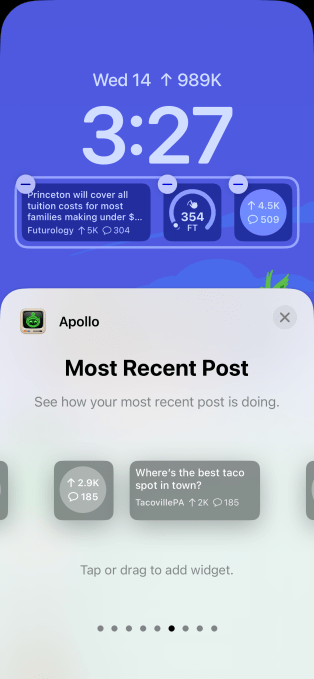









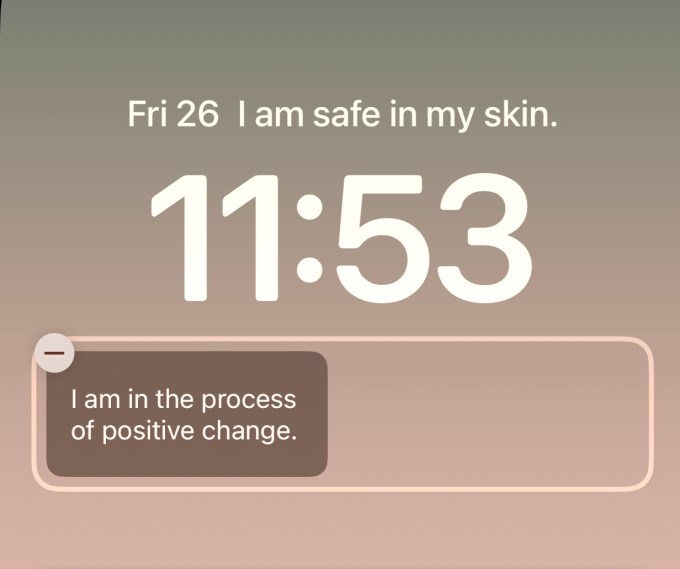




 Pestle Live Activities on iPhone 14 Pro
Pestle Live Activities on iPhone 14 Pro 

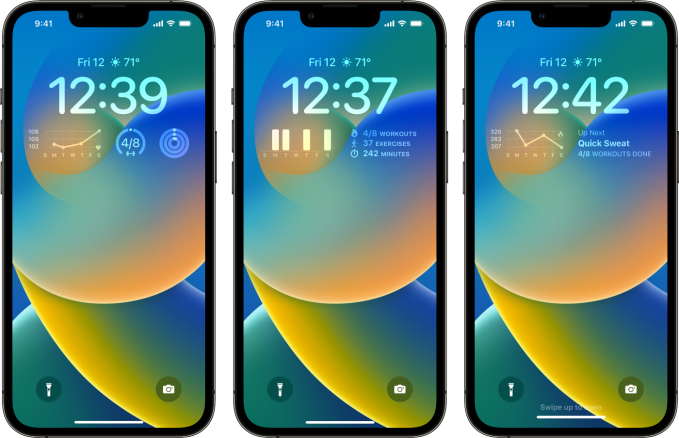
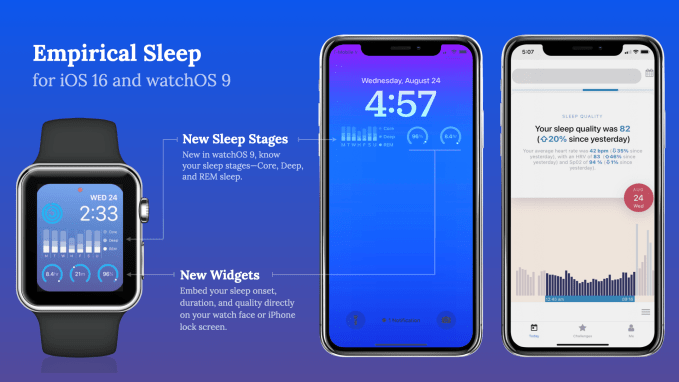
 WaterMinder
WaterMinder FitnessView
FitnessView Calory
Calory




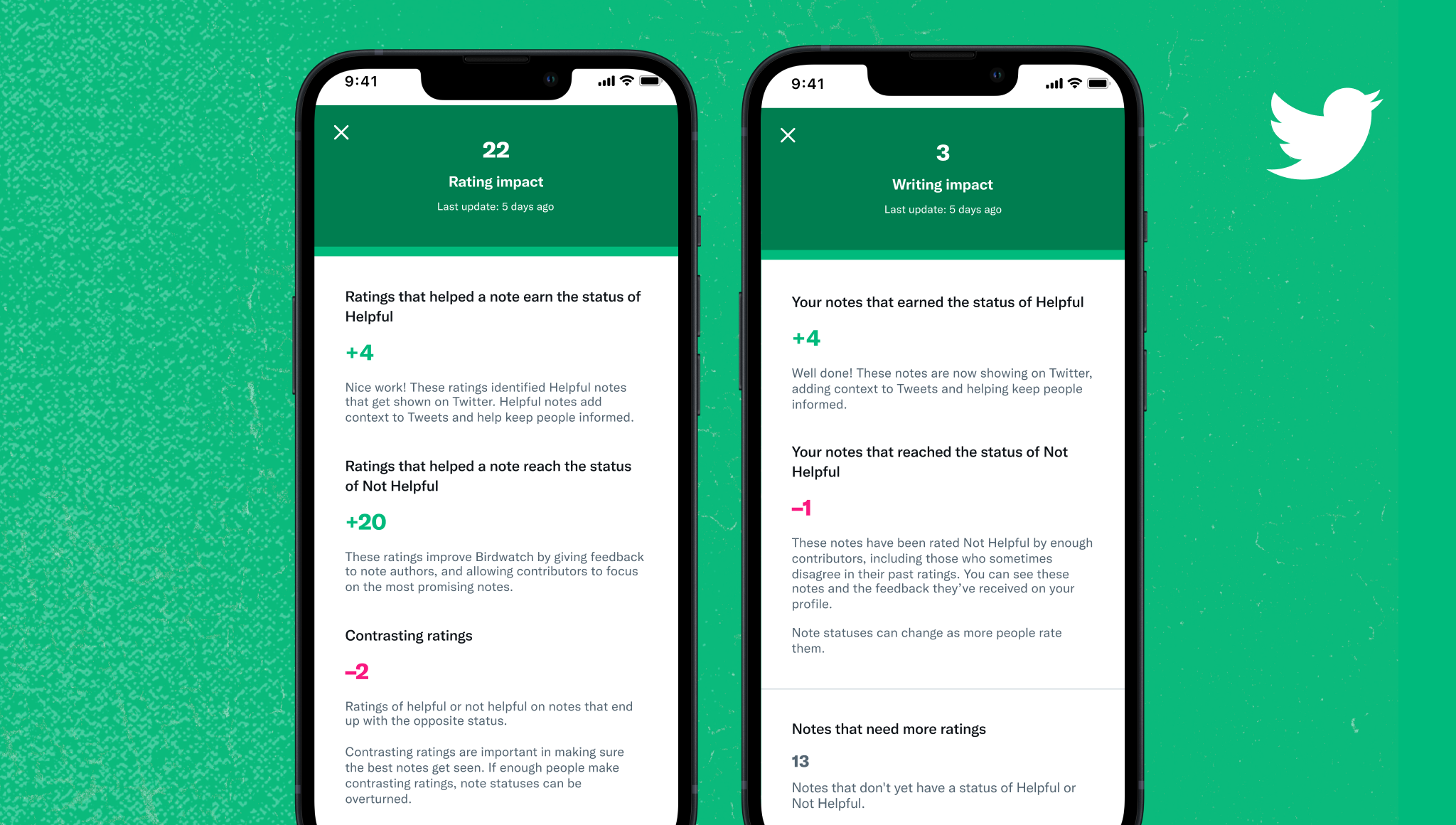

 LA-based Remento, an app that focuses on capturing and preserving family stories,
LA-based Remento, an app that focuses on capturing and preserving family stories, Grocery delivery app Instacart
Grocery delivery app Instacart 









